Our volunteers work hard here in the UK and Spain to ensure that our spanish…
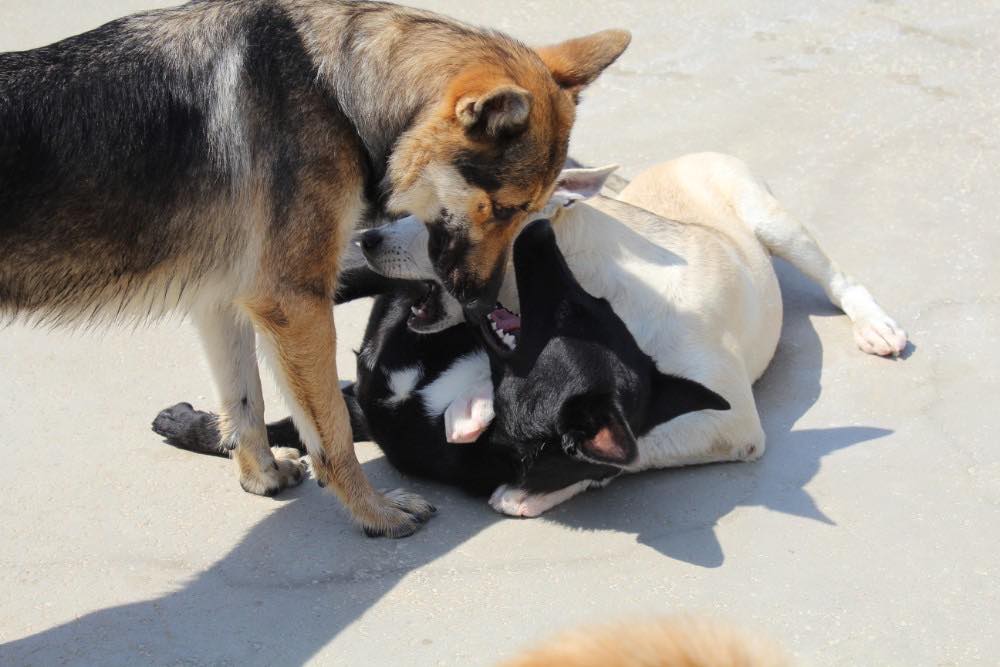
What to do when dogs fight-The expert interview
In most families no matter how loving, there are occasions where fallouts occur, and this happens between our dogs too. We may have two or more dogs who are friends and live happily together until one day, a squabble arises. What does this mean and how we can deal with it? We ask Dog Behaviourist and expert, Janine Davenport, to tell us more about it.
SSD- Thank you, Janine, for answering our questions. We know that dogs fight, but are some fights worse than others? What should we look out for?
JD. – Most dog fights will not amount to any actual trauma, and the dogs will separate themselves. Some fights can involve puncture wounds to areas with lots of skin such as the folds of skin around the neck, and ears which tend to be single punctures. These are low on the scale of “severity “ but would still need addressing. Fights that involve abdominal, chest and deep neck and femoral wounds are very worrying as these are very prone to infections, some very severe such as peritonitis. Dogs inflicting these types of wounds may already have a bite history.
All cases of aggression need addressing and cannot be ignored. The breed of the dog can sometimes influence the types of wounds just because their own physicality can allow them to inflict more harm.
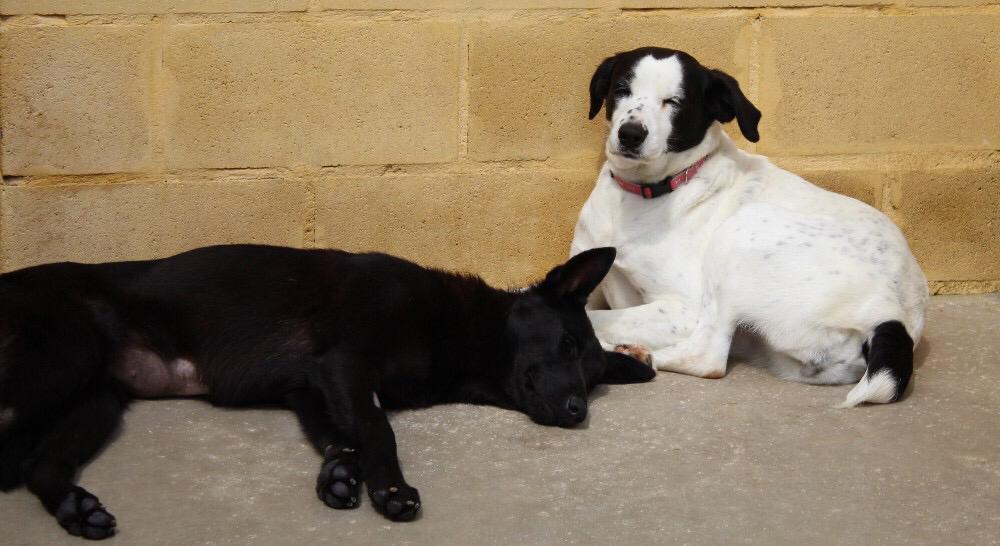
What are the worse triggers for a dog fight?
Resource guarding can trigger fights and this manifests by guarding toys, objects, food or anything the dog sees as a valuable resource. Pain can also trigger aggression in a normally very calm dog as does also irritation and inflammation, in particular, ear infections which are notoriously painful.
Anything that raises levels of the hormones Adrenaline and Noradrenaline (fight or flight hormones) can trigger aggression.
Canine Cognitive Disease (CCD) can also trigger aggression, usually in older dogs and completely at random. The good thing is that it is easily treatable.
Can we say that a dog is aggressive and /or does not like other dogs because he had a fight with the other dog of the house
The term aggression is sadly much misused in dogs. A diagnosis of aggression should always be made by a qualified professional, a behaviorist or a very highly qualified trainer.
The fact is that true aggression is very rare and even rarer in Spanish dogs.
Anxiety and fearfulness, however, are very common and both can cause a dog to bite, but this is not true aggression. It is the anxiety and fearfulness we need to treat.
On many occasions, dogs have lived together for a long time until one day a very spectacular fight occurs. Why does this happen?
Usually, the dynamics have changed when aggression occurs under these circumstances and there is always a reason for this.
Events such as moving house, changing dog sitter, any other change, pain or the start of CCD ( canine cognitive disease) can be triggers for the change of behaviour. What we all need to learn is that there is always a reason and help should be found to identify the reason and the solution.
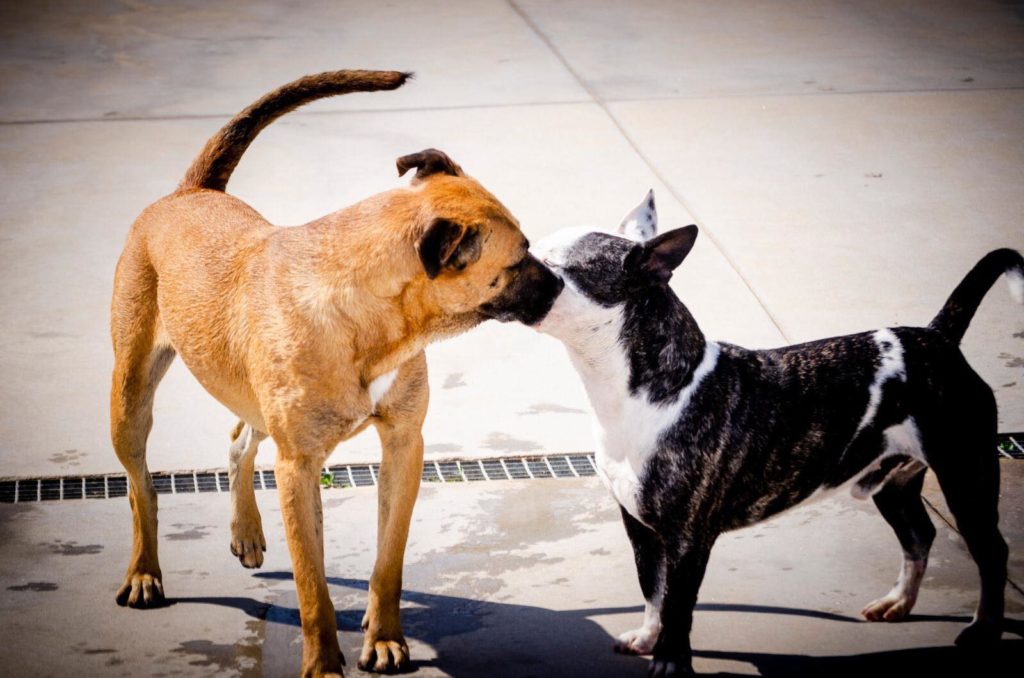
Are there any particular signs that we need to look out to tell us that the apparently friendly relationship of our dogs is quickly deteriorating and reaching breaking point?
All aggression is preceded by a number of body signaling by dogs. These communication clues are important for us to understand and it is important that we all become familiar with their meaning. Always look out for:
1) an enlarged round eye
2) whale eye – white showing around the eye
3) standing “over” and freezing
4) growling
5) obvious stress, lip licking, constant blinking when dogs are too close
We know that dogs fighting are scary, noisy and highly traumatic for the dog’s owner. What are the tactics owners need to take into account when dogs fight?
When the dogs start to fight never make a collar grab. This will just escalate the fight hormones even more and get the dog more agitated. Also, this raises the risk of you getting bitten.
If you think you may have an issue with the dogs having a fight, always use a safety harness and lead on them so you can pull them out of the situation easily.
If they are full-on fighting use a distraction, such as a bucket of water, and get safety harness and leads on immediately. After a fight, always separate them and get help to re-introduce the dogs.
Always, always get dogs checked for pain and discomfort as this is such a common trigger for dogs fighting.
What is the best way to introduce a new dog into the household and ensure that the existing dog is as welcoming as the adopter? Try to introduce them on a walk where both dogs get to examine the scent of each other in a normalised way.
Always make much of the existing dog and less of the new dog, maintain this for several weeks.
Look for canine non-verbal communication, the dog’s body language and ensure it is nice, soft and gentle.
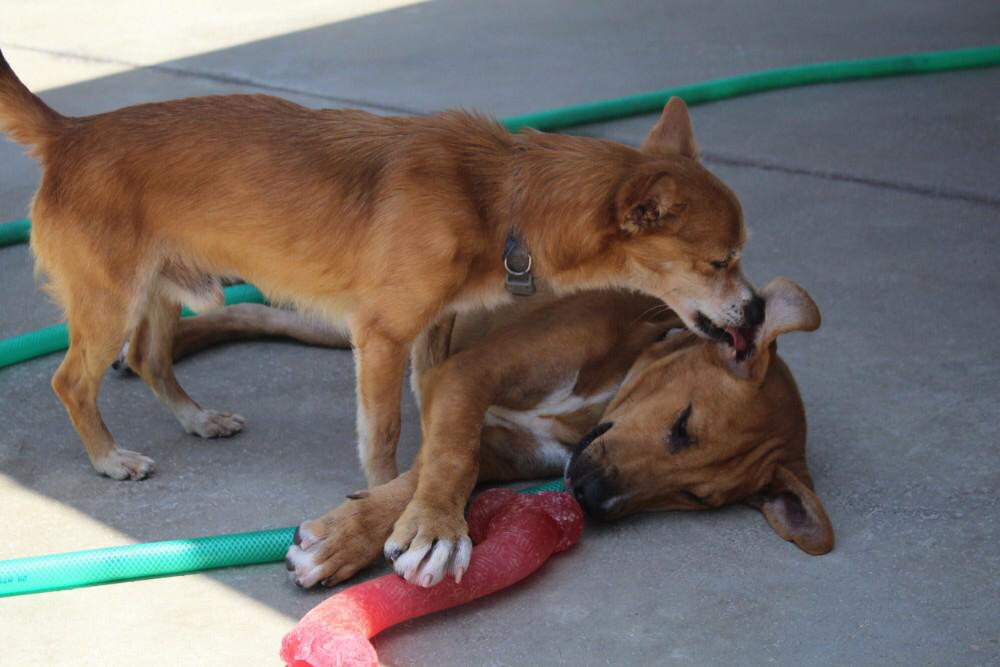
Janine Davenport has a FdSC in canine behaviour and training, a BSc in Behavioural Science, and an MSc in Comparative Psychology (canine)

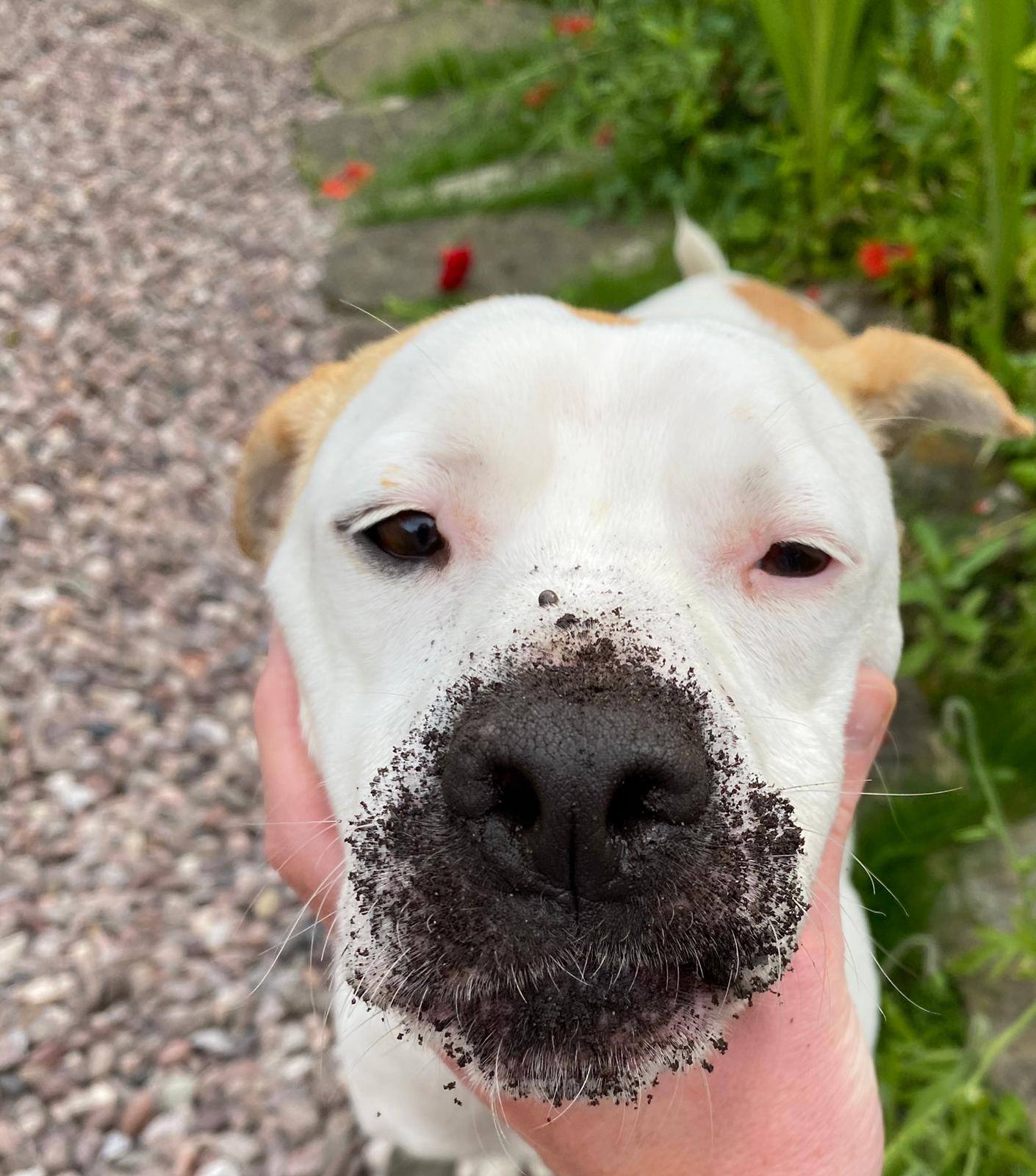
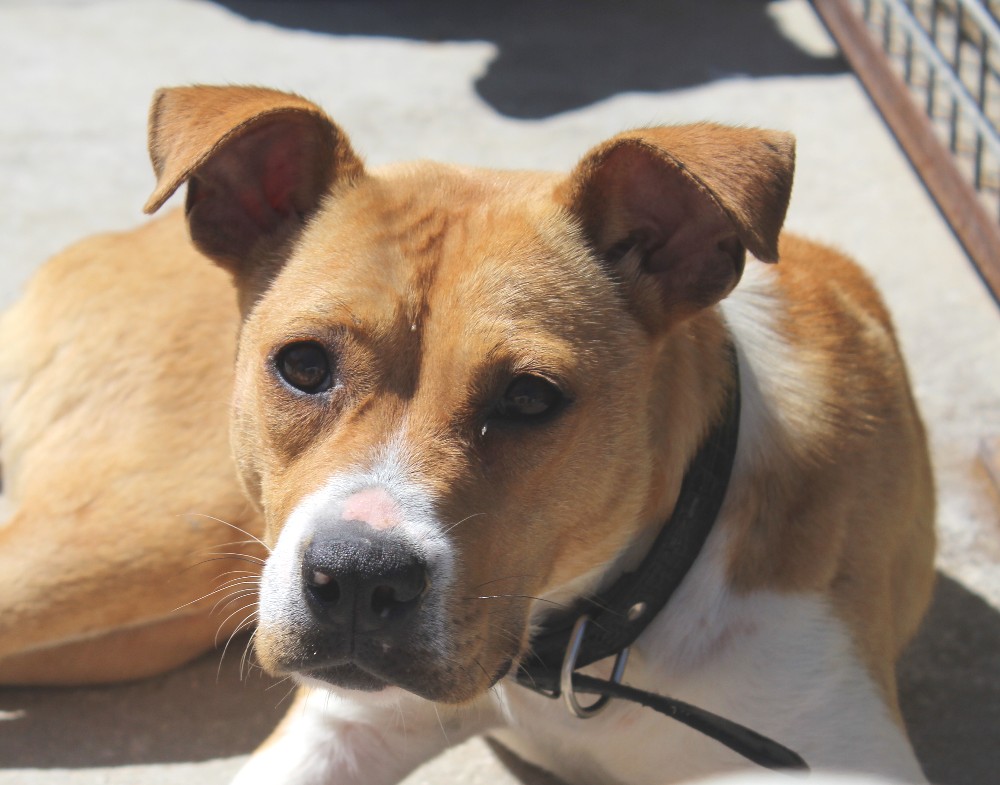
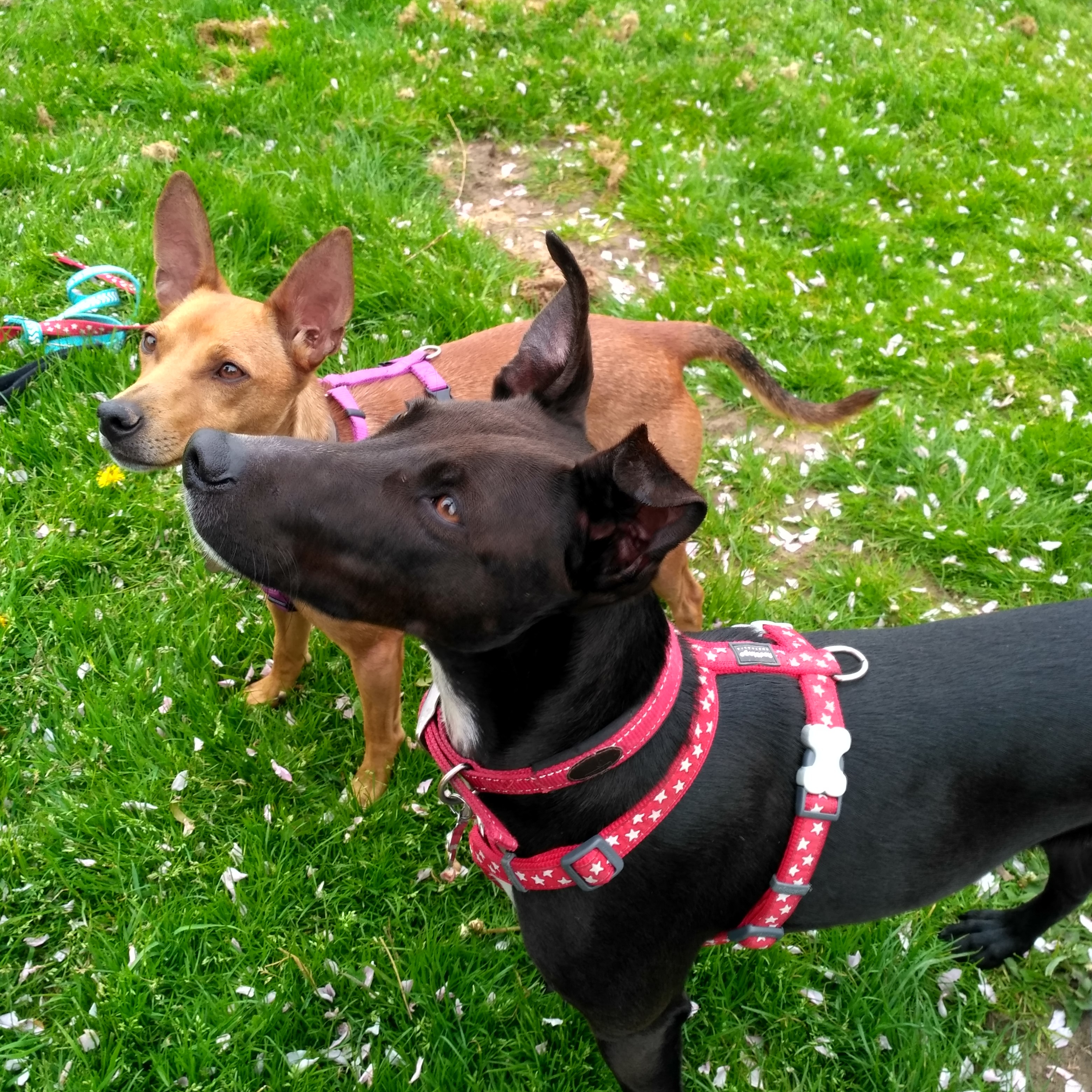
This Post Has 0 Comments